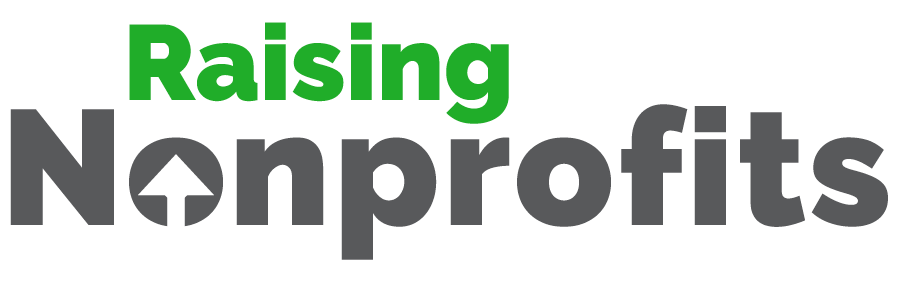In 2020 I will coach smaller nonprofit projects to organize without formal standards and use a $1,000 fee payment as the arbitrary benchmark at which it makes sense for me to get involved.

I made a strategic error in the early years of my accounting business and am taking steps now to correct it.
When I first launched my CPA firm I offered free and low cost services to nonprofit organizations where I supported their cause. I became a founding member of the organization ‘Raising Nonprofits‘ and actively serve many others. In some cases I serves as a board member. In other cases it was as accountant or adviser. I developed a level of expertise not only in tax, accounting, legal and managerial issues but also in best practices for on-boarding the next generation of new board member leaders. Quite simply, I enjoyed being recognized as an expert in this part of the nonprofit field without giving much thought to the appropriateness of the business strategy.
In all cases these nonprofits were volunteer-driven organizations and that’s where I made my mistake. Most nonprofit board members have full time salaried jobs and benefits. I don’t. I tried to offer the same level of service as other volunteers but without the underlying income to support it. The results were disastrous. In late 2019 when a nonprofit welched on a fee payment, my business almost collapsed.
In this past week – the first week of 2020 – I’ve worked with 6 nonprofit organizations racking up more than 40 hours of intense support. None have paid anything and it’s not clear that they can or will. My 2020 resolution is to help nonprofits become financially self-sufficient. That’s a goal that, by design, will evolve over time. It is already clear that I am facing a collision between my goal and the current course of action. Neither my wife nor the mortgage company is tolerant of my service to nonprofits without first collecting a minimal fee that covers the cost.
But what about startup nonprofit organizations? They have zero funding, no budget and often only a vague idea of their goals and requirements. They need help but have no idea of what they are really asking. I know my minimal basic costs to stay in business (approximately $600 per day) and I know that they can’t cover that cost; at least not yet. When I’m working with paying clients, I make sure that I cover that by providing a minimum of $200 service to three clients each day. That might be a really simplistic financial management model; but it works for my sole practitioner business model.
So I’ve decided to try this approach: Give each organization a short basic checklist that outlines my support positions:
NEW NONPROFIT ORGANIZATIONS: THE $1,000 BENCHMARK
NO COST SERVICES
-
- You can organize to perform your nonprofit project at no cost and no obligation to report to the government. In most cases I suggest that new nonprofits start this way.
- If you want help on how to approach with this ‘no cost’ path, then I offer a free phone consultation. I encourage you to take advantage of this if you have no funding yet.
COVERING MY COSTS
-
-
- If you want to organize legally and gain government recognition, then the requirements are significant.
- You should have a preliminary budget in mind for your organization even if it is just ‘rough estimates’. That is a good place to start discussion about organizing the project.
- As a CPA, I can’t be involved piecemeal in ‘partly correct’ projects. If I am involved, the entire project must be well managed. That requires a review of documents and ongoing communication with management.
- If I am involved beyond an initial consultation, then I must cover at least my minimal operating costs.
- I presume that the absolute minimal cost of organizing even the simplest recognized nonprofit organization is more than $1,000. This should be considered in the first budget.
- The ongoing costs of business operation are similar to that of for-profit firms. This should be considered for all years of operation.
- I set this $1,000 resources as a somewhat arbitrary benchmark to determine the point where it makes sense to consider professional support. I’ll review initial documents and prepare a recommendation only after a nonprofit organization has $1,000 to commit to its planning and organizational expense.
-

Leave a Reply